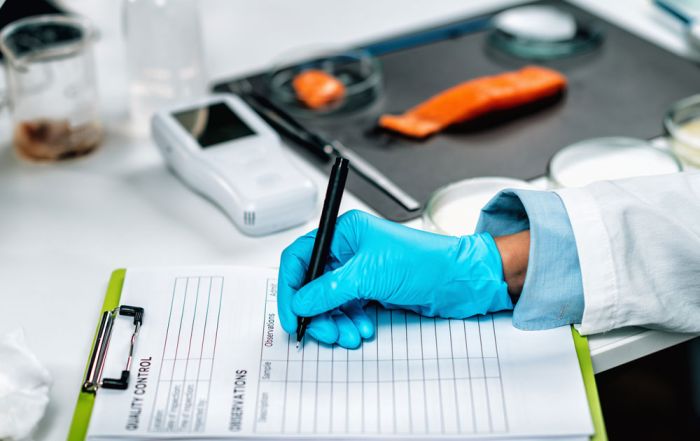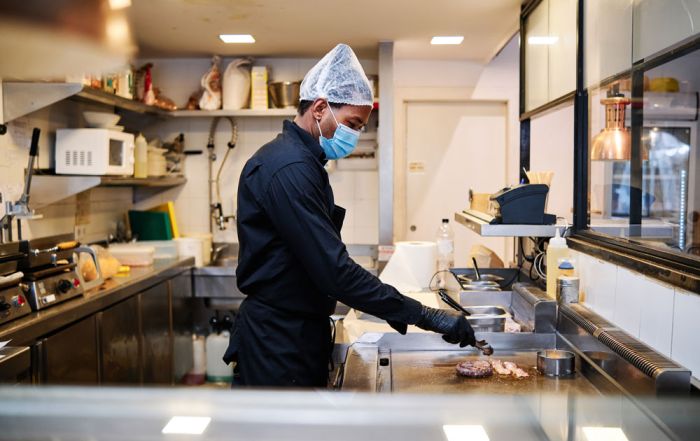What Do Your Guests see? A Front of House Checklist to Ensure Quality and Safety of Food
Hi Everyone! Here it is September already – Food Safety Education Month! Where did the summer go????
As you may recall from the first blog posted in August, we talked about how Risk-Based Inspections are the new normal for most regulatory health authorities and the importance of day-to-day oversight to prevent foodborne illness and ensure quality of food served. In our opinion every staff member in the foodservice operation has a role to play in keeping food safe and meeting quality standards.
Being big believers in checklists, we created a 21-point checklist (see second August blog) to help address key risk factors in the back of the house–time and temperature controls, food from approved sources, cleaning and sanitizing, and of course, employee health and hygiene.
As promised, here is a checklist focused on activities that occur in the front of the house. We advise that before doors open each day (or before each meal period), a “walk about” be conducted to see what your customers will see. This task can (and should) be rotated among staff members. (Of course, supervisor still need to monitor practices throughout the operation to be sure policies and procedures are followed.) For any item that receives a “No”, corrective actions should be noted indicating changes made to meet the standard. Whoever has the assignment for the day, signs their name. This checklist has 28 items focused on staff and the facilities (think of these as people and place). Of course, you can modify this checklist to address specifics for your operation. But the key is to raise awareness that the responsibility for safe food belongs to everyone, and to train the eyes of staffers to recognize needed areas of improvement!
Risk Nothing!

READ MORE POSTS
Hot off the Press: The 2022 Model Food Code has been Released! Part One.
It has finally arrived! Yes, the new year has arrived – but I was not referring to it. I was referring to the new 2022 Model Food Code (10th edition) that has been released by the Food and Drug Administration. I thought I might take this blog and the next blog to discuss some of the changes that have been made to the Food Code that you might see coming your way in the next few years.
Is a Food Safety Culture on your New Year’s Resolutions List?
We hope you all had a wonderful Holiday season and are getting ready for a great new year!
Don’t Underestimate the Importance of Employee Health as we head into the Winter Months
Early this month, I ran across an article discussing an outbreak investigation in the Australian Capital Territory. The outbreak caused more than 200 people to fall ill and was one of the most widespread outbreak investigations in the history of the territory. The cause was traced back to Norovirus, a virus I am sure you have heard us opine about in this blog before.
Exclusion and Restrictions: Understanding Employee Health and the Food Code
I received a call earlier in the month from a foodservice operator who suspected that one of their employees may have fallen ill and wondered if they had to send the employee home for the day. Once I started to ask a few more questions, it became obvious that the operator wasn’t really in-tune with the food code requirements on restrictions or exclusions for employees who may not be feeling well. Given that most operations are dealing with staff shortages currently and the fact that we are about to head into the fall and winter – when we tend to see an increase in upper respiratory and other illnesses, such as the flu - it seemed like a very timely and important topic for the blog this month.










